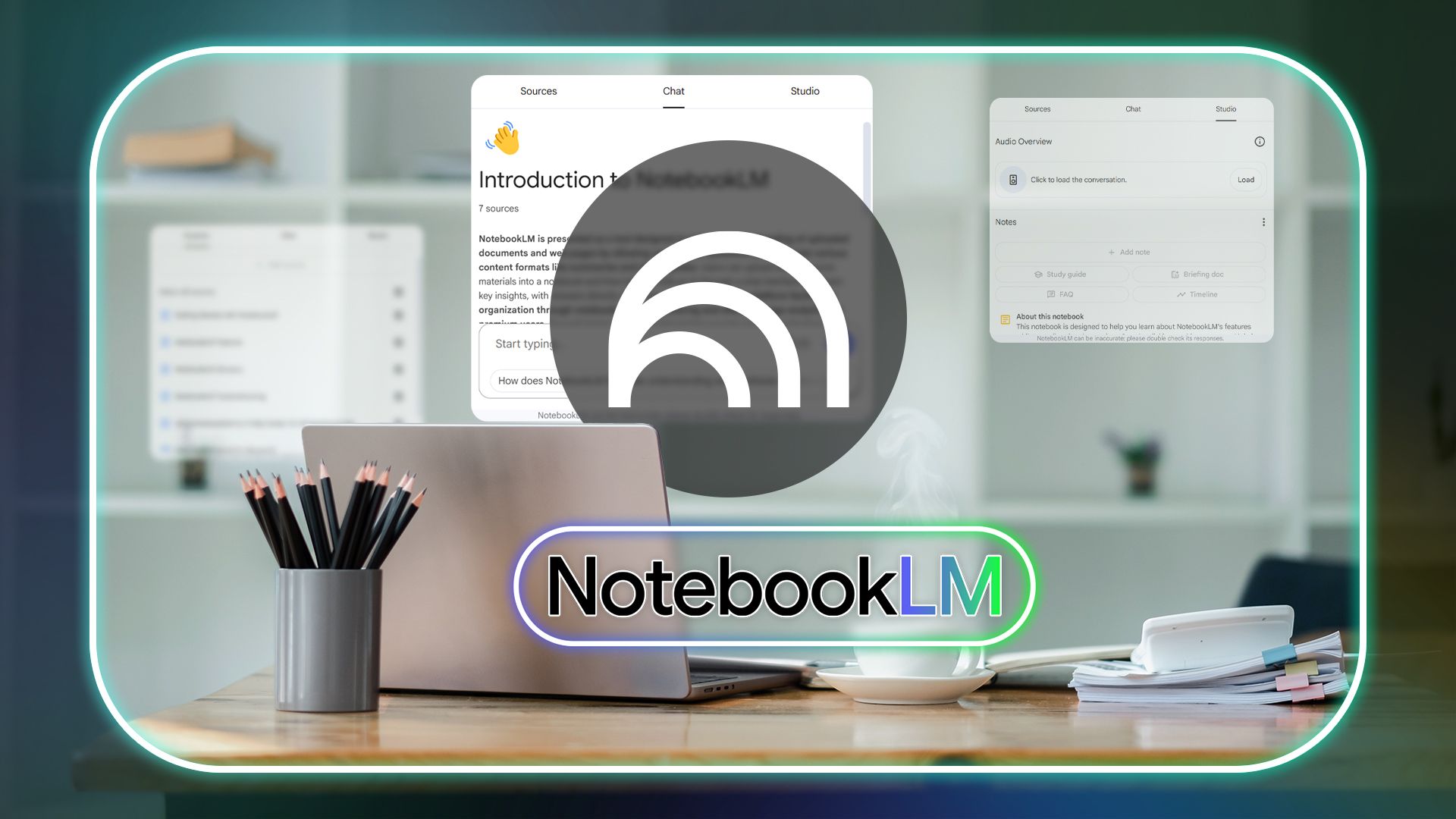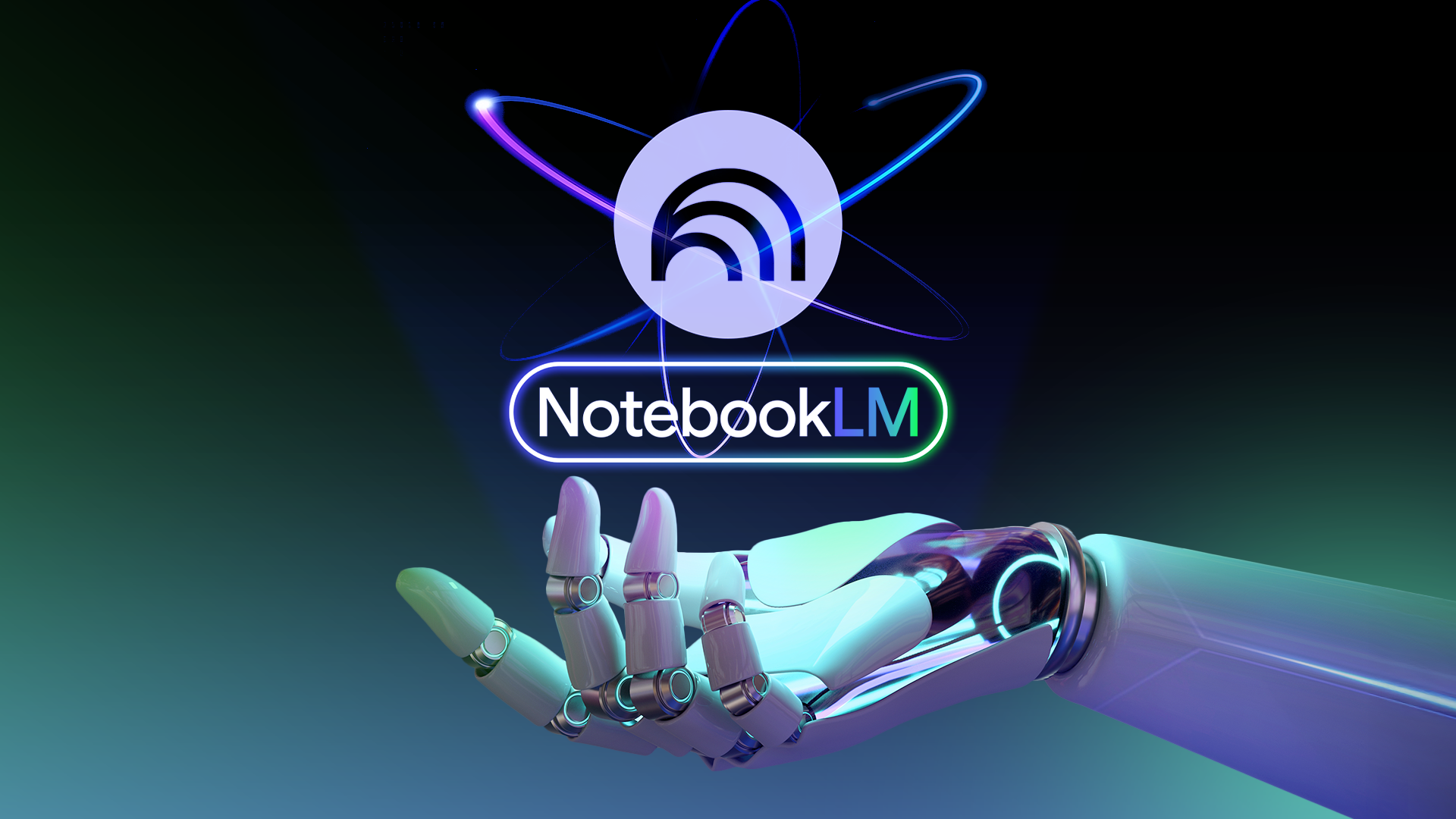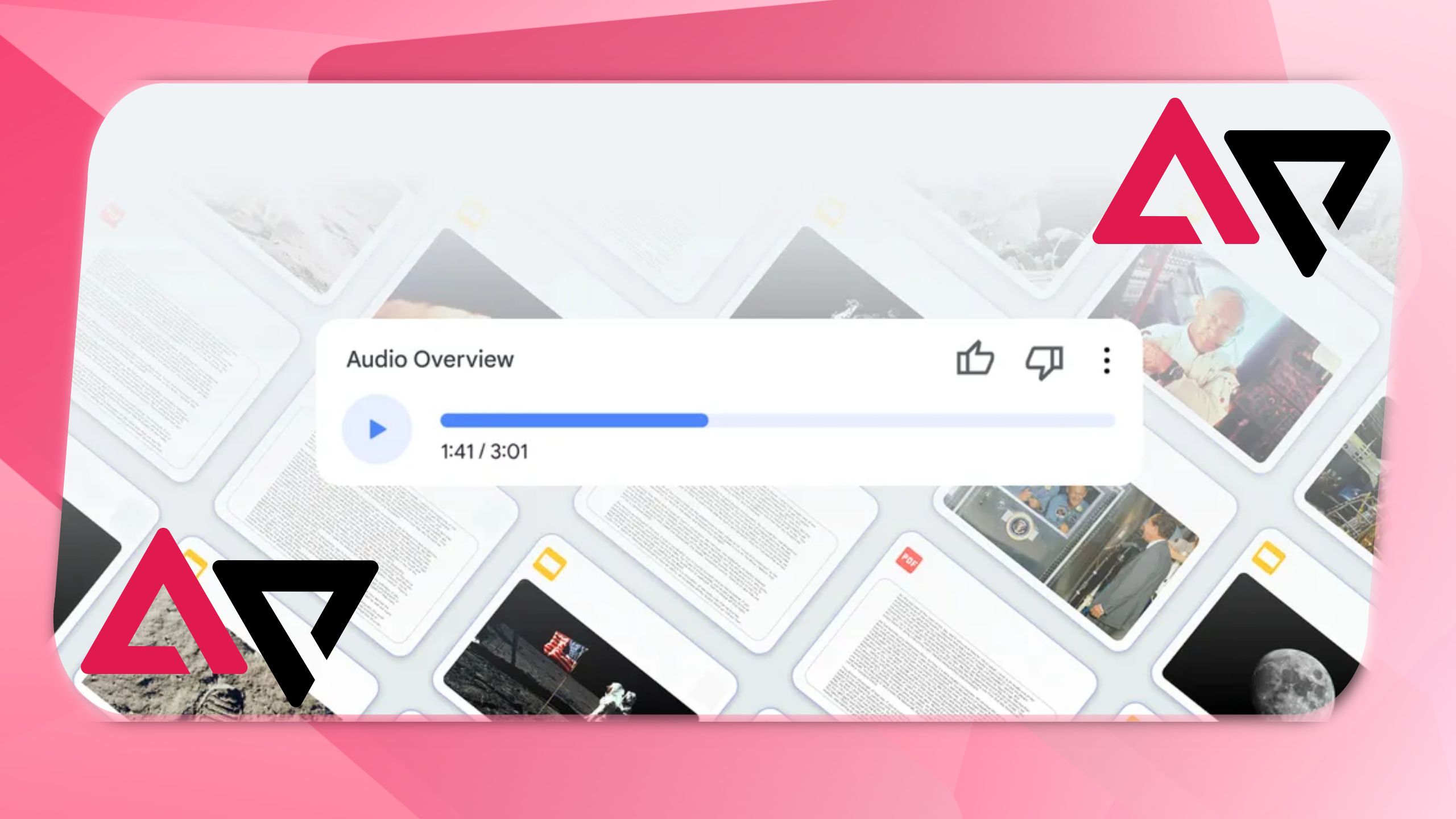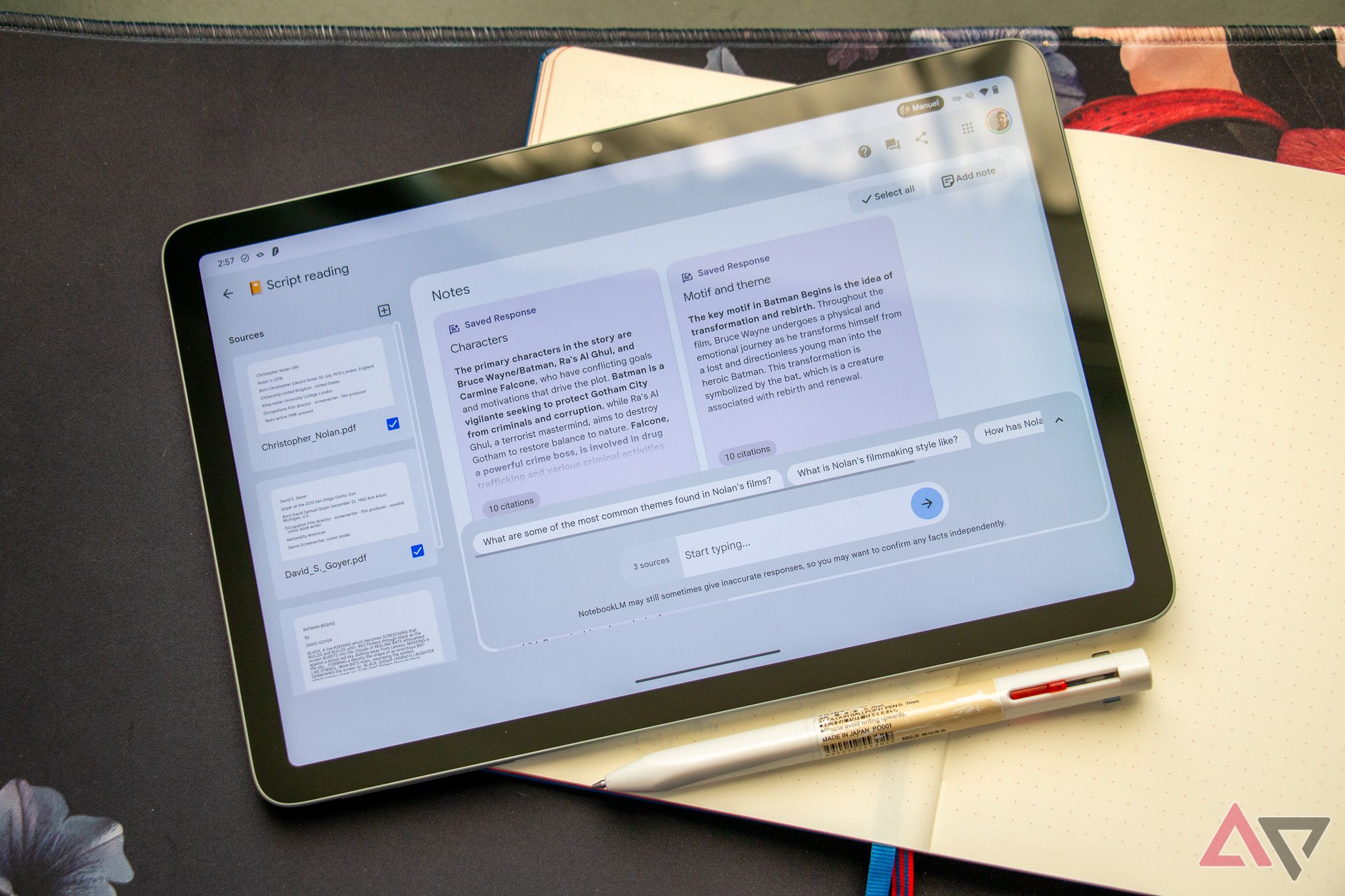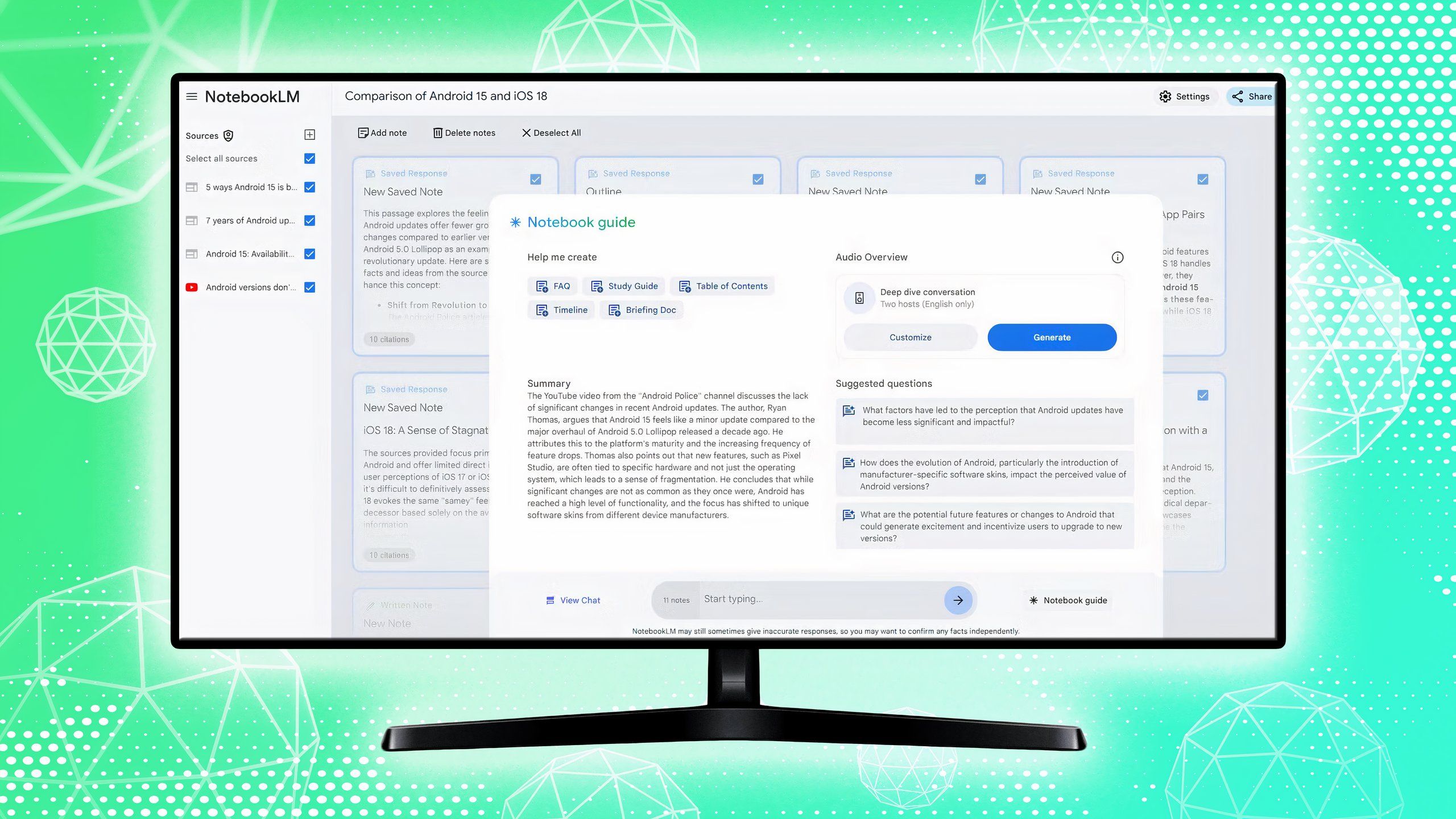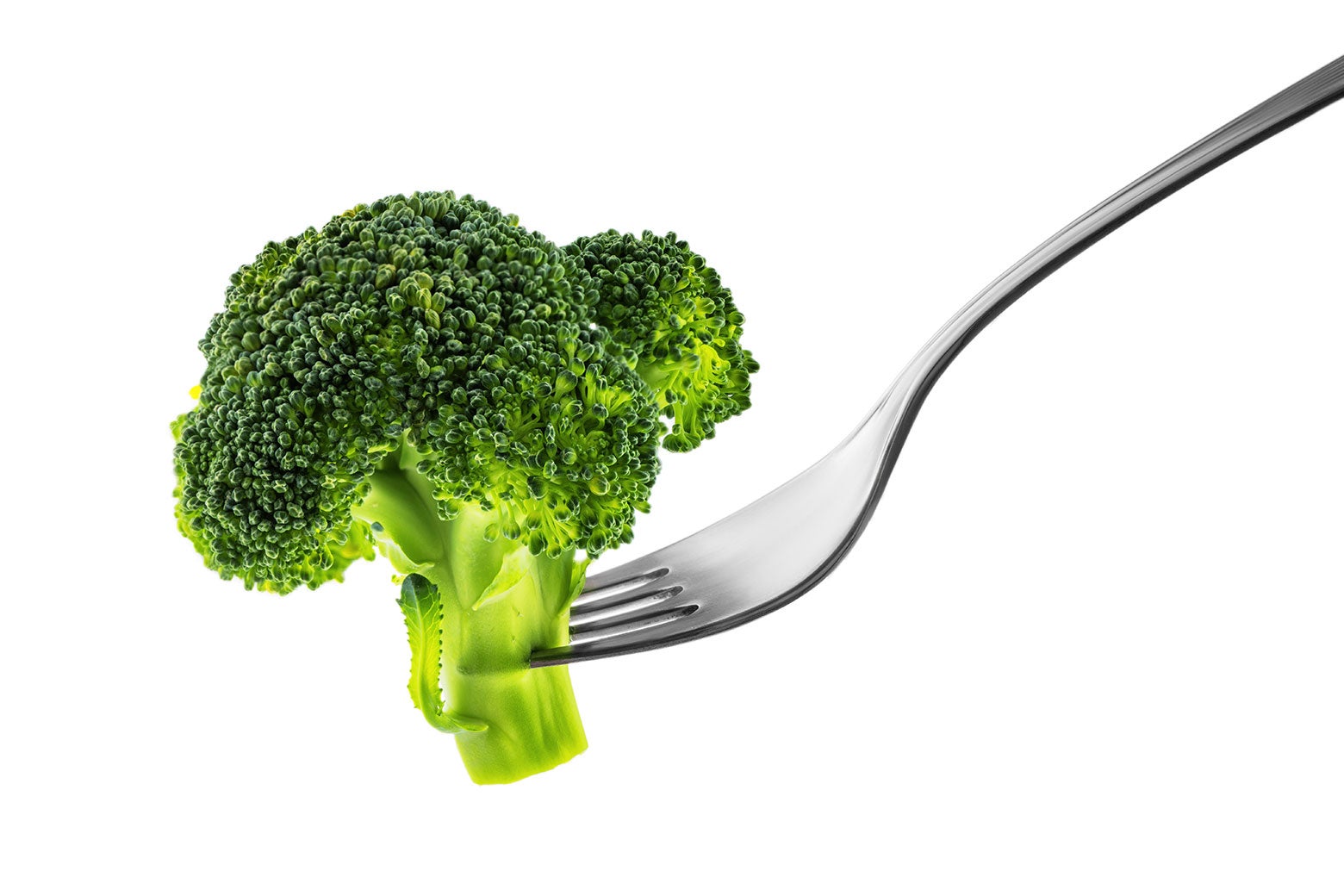I used to begin each workday in chaos. My desktop brimmed with clutter. A dozen open tabs, notes scattered across apps, and an overflowing inbox. Even before getting any real work done, I already felt behind.
Psychology calls it the Zeigarnik Effect. Our brain clings to unfinished tasks and destroys focus. Discovering NotebookLM changed everything.
Here’s how I use NotebookLM to cut through clutter with examples from my daily routine.
One notebook now replaces a dozen scattered documents
Source: Lucas Gouveia/Android Police | Rawpixel.com/Shutterstock
NotebookLM helped me address the root causes of my digital chaos. Information scattered across documents and platforms imposes a mental tax. Searching for what I need or recalling where it lived drains my focus.
Many people face the same issue. Steven Johnson, an author and technologist on the NotebookLM team, said:
We all have this problem where we’re working on something, and the information we need is scattered across desktop folders, tabs, and wherever else.
This is what NotebookLM is made for. Connecting all those scattered dots.
Now, I import all of my data into a NotebookLM project and query them all at once. I can ask it to identify the common themes of these sources or list each author’s conclusions about Topic X.
NotebookLM is my reference point. It synthesizes answers from all relevant documents, so my brain no longer flags unfinished tasks.
I no longer jump between apps
NotebookLM also minimizes app switching.
Before, if I wanted to gather information for, say, a blog post, I might copy and paste bits into Google Docs, use a summarizer tool on one PDF, take manual notes on another, and bounce between windows.
Now, the AI is built into the notebook where my sources live. This proximity means I remain in the flow state.
NotebookLM helps me shape the way I work with information
Source: Google
Asking questions from NotebookLM isn’t limited to plain Q&A. It also formats answers for you.
I was preparing for a presentation and had a bunch of source material (meeting notes, research findings, a project timeline). I asked NotebookLM to generate a bullet-point outline of key findings organized by timeline.
NotebookLM returned a clean outline, which I used to build slides. Google mentions that it can also turn sources into an FAQ, a briefing document, a timeline, a pros‑and‑cons list, or a study guide. Use the format that helps you digest or present information.
There’s even an audio podcast-style format, where the AI crafts a dialogue or narration from your notes.
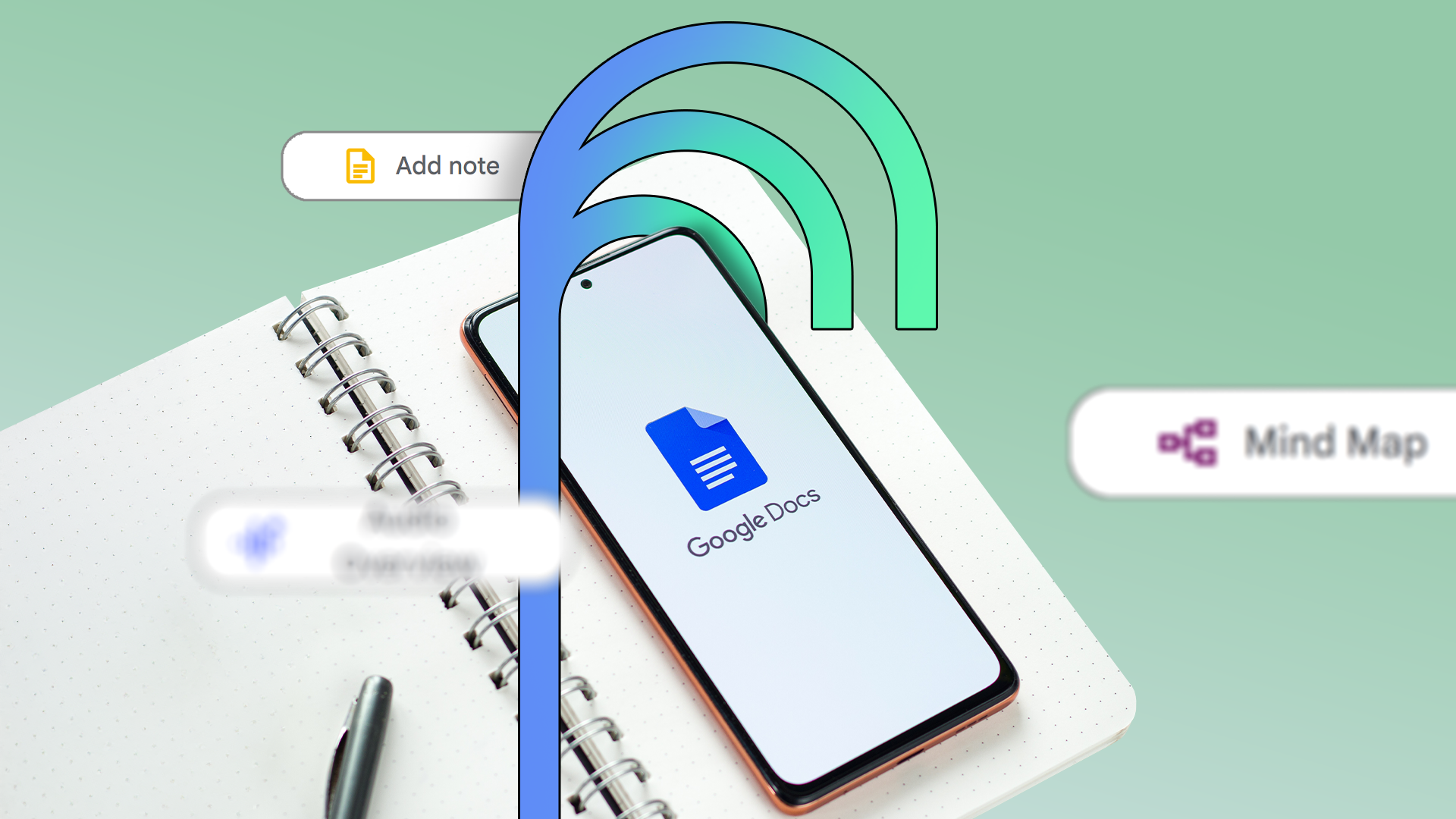
Related
I started using NotebookLM with Google Docs and it’s been a game changer
Goodbye information overload
This is what my workflow looks like with NotebookLM
Here are examples from my workday that show NotebookLM’s impact. These examples show how I use NotebookLM for common tasks, replacing my old, messy workflow.
Research and brainstorming
A big part of my job is researching new topics for writing articles. I was researching remote work productivity for a blog post.
I uploaded academic studies (PDFs), news articles, and a Google Doc of my notes. I asked NotebookLM pointed questions.
For example, I asked Notebook LM to list the main factors affecting remote work productivity according to each source, and the statistics that are cited about remote workers’ performance.
I got a collated list of findings with references. This formed the backbone of the piece I was writing.
Writing and editing
I sometimes use NotebookLM to maintain consistency and recall earlier content when writing long documents or reports.
With a notebook for a large project, such as a whitepaper outline and reference notes, I ask, “Have I mentioned point X elsewhere?” or “Recap all points about topic Y in the draft.”
This helps ensure I’m not repeating myself or following through on all threads. It’s similar to how novelists or scriptwriters query their notes for consistency.
Task tracking and follow-ups
NotebookLM isn’t a to‑do list app, but I use it to track project knowledge and manage tasks.
I ask NotebookLM, “What pending tasks or open questions appear in these meeting minutes?” It extracts the action items. I save them in a follow-up note.
When I revisit the project, I ask, “What’s still open or needs action?” NotebookLM provides an updated answer from the latest sources.
Meeting prep
NotebookLM supports meeting preparation, which I use regularly.
Before meetings, I upload agendas and pre‑reads into a NotebookLM project. Then, I ask what background information I should know, summarize the key points, and propose client questions.
The AI summarizes material and suggests discussion points or questions.
Not flawless yet, but it definitely helped
NotebookLM still has room to improve. I encountered occasional glitches and inaccurate responses.
Despite occasional rough edges, NotebookLM proves how valuable AI is in my daily life, and I look forward to future improvements.
I’m just grateful to have this assistive tech by my side. It turned my workday from a chaotic scramble into something more structured and calm.
Source link
